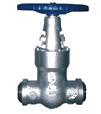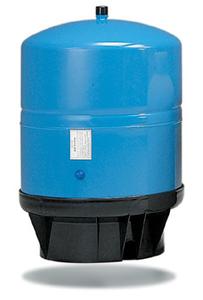
Often water pressure also increases or decreases significantly compared to the optimal standard. The problems of low pressure generally arise due to the excessive distance from the aqueduct, due to the small diameter of the derivation pipes, to the rising path of the pipes.
Even limestone, however, which can obstruct the pipes contributes to the decrease in the flow of water to the taps of the house.
To increase the pressure, it is essential to equip the system with an autoclave, that is a watertight tank, powered by an electric pump, which supplies the right pressure to the system with a regulating pressure switch.
At the exit of the autoclave & a special check valve has been fitted which prevents water from going back. A by-pass conduit also bypasses the autoclave and allows water to circulate, even in the event of a pump failure, albeit at a lower pressure.
The autoclave pushes the water under pressure (2-8 atmospheres) into the pipes, taking it from the storage tank. If you have an autoclave in the house, it is; you must also provide for the installation of a control pressure switch.
Over-pressure problems require the installation of a pressure reducer that must be inserted after the shut-off valve.

The central water valve
Outside of each house, near the counter, there is a general valve, usually lever. Inside there is another one, generally similar to a tap, with a roller knob, or covered by a chromium-plated cup and a cylinder with a quadrangular hole used to operate the valve.

The reserve or storage tank
A reserve or storage tank ("tank") is very useful to meet the water demand during periods of greatest consumption, such as in the morning, or during the hot season, when large quantities of water are consumed and the pressure decreases.
The tanks on the market have various capacities, from 150 liters upwards, and are made of steel or plastic. The tank is usually placed in the attic, so as to allow water to go down by gravity with good pressure.
A full tank is about 200 kilograms or more heavy, so it must be placed above a dividing wall or at least in a solid position of the floor. The water is fed back to the tank through a vertical pipe, at the end of which there is a special float valve that interrupts the flow when the tank is full.
It is always necessary to remove a drain pipe from the tank that protrudes beyond the outside of the house, with a slight inclination towards the bottom: this pipe must have a diameter greater than 1/2 "and will serve as a safety drain in the event of failure of the float valve.